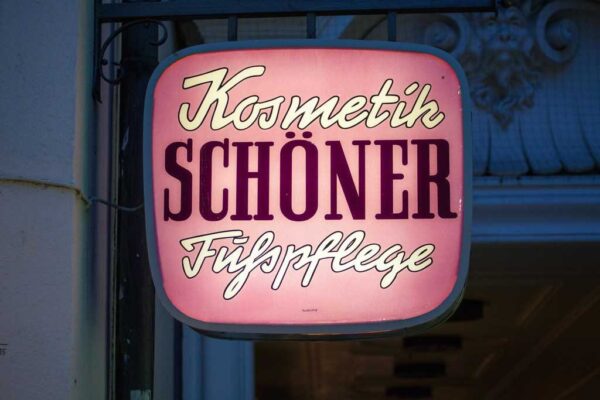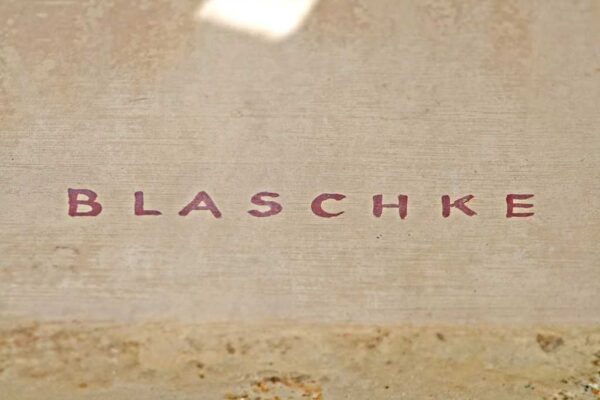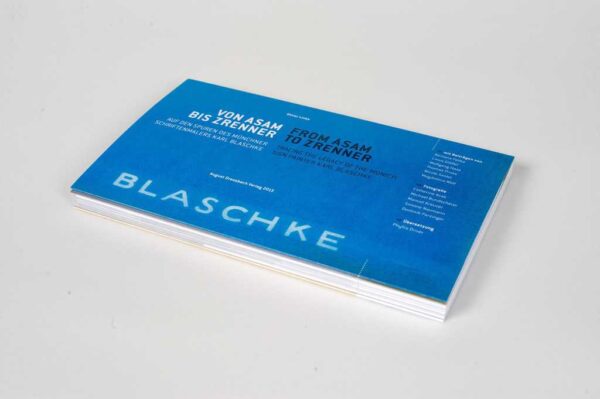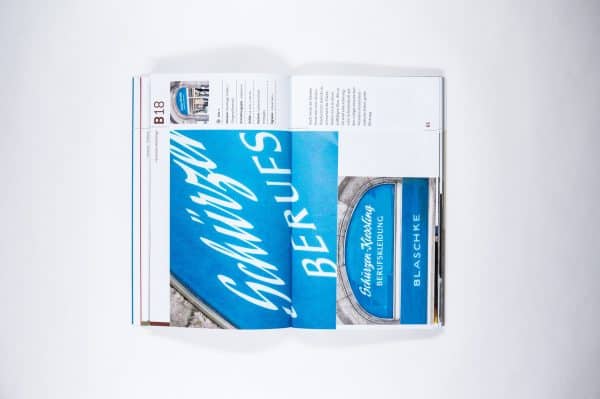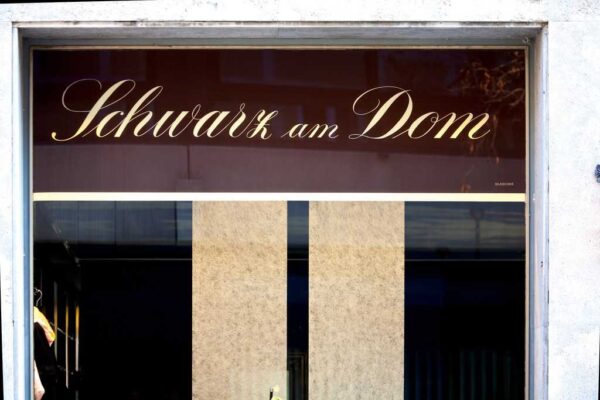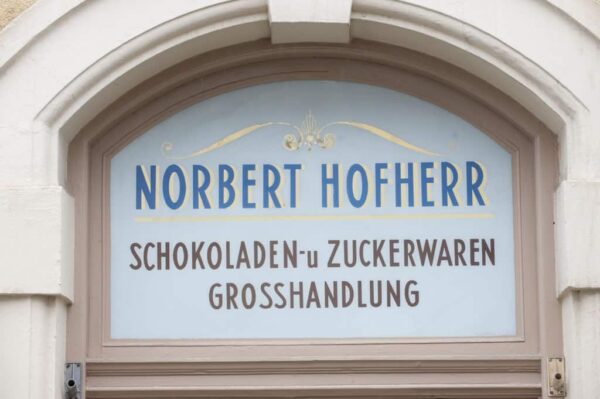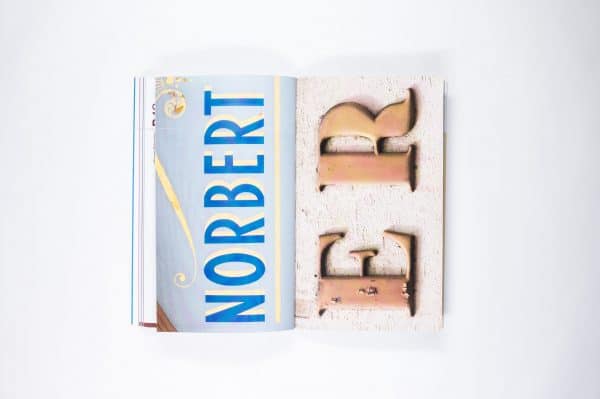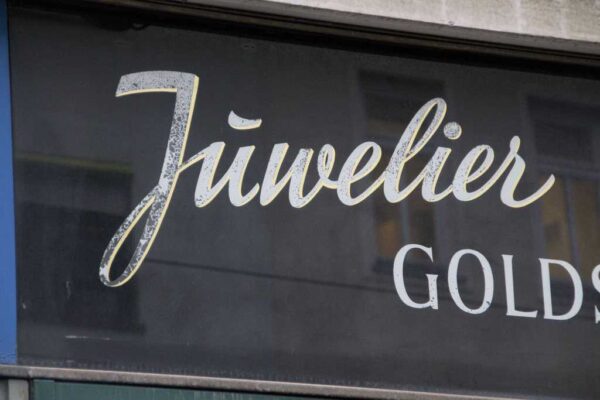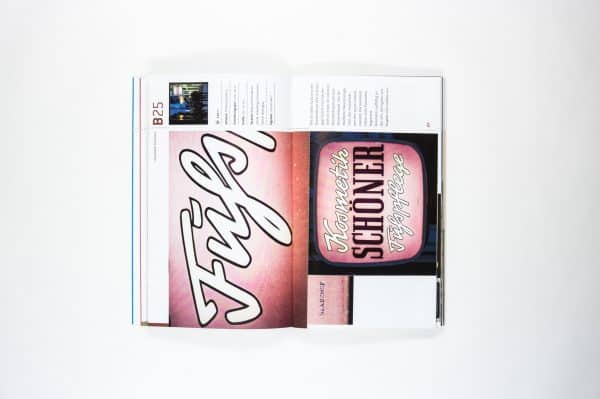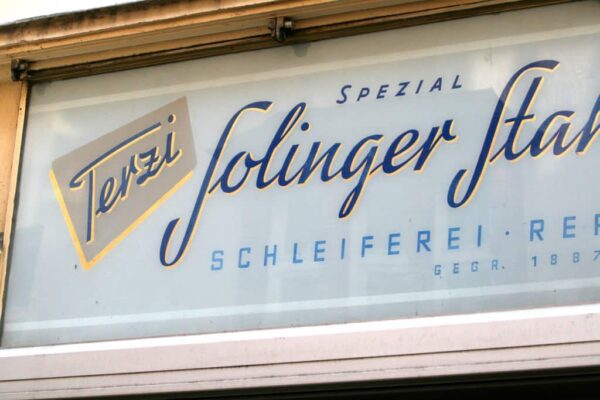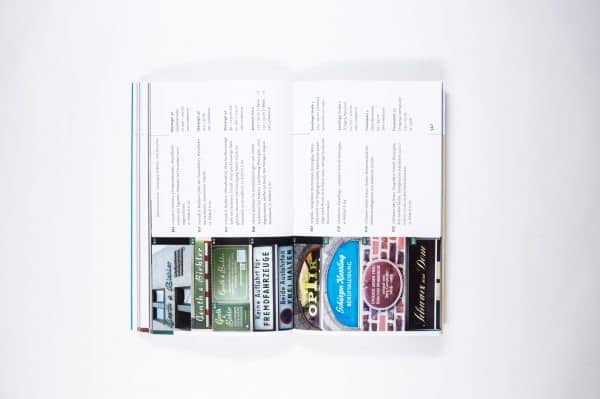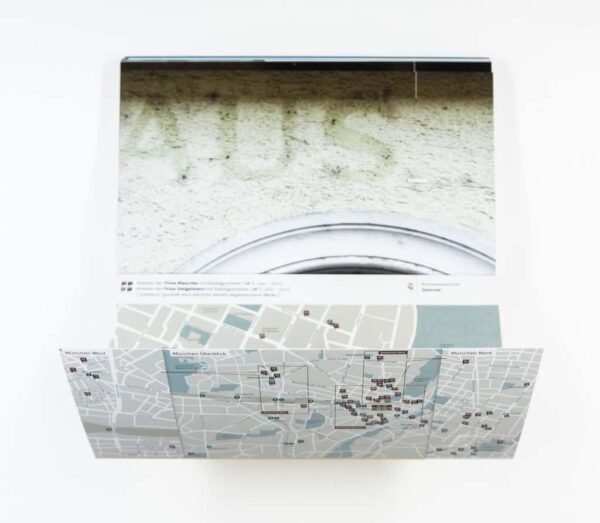18 May 2018
Karl Blaschke: The Sign Man of Munich
[This book review is reposted from the original on the Better Letters blog.]
“Signwriters are entitled to their immortality just as are other artists and craftsmen” – Kevin Corrigan Kearns, Dublin’s Vanishing Craftsmen
Signwriting is perhaps the least documented of the lettering disciplines; it’s nature is ephemeral versus the relative permanence of calligraphy on important documents, or letter cutting in architecture and on headstones. Yet, despite this, there are many survivors of the signwriters’ craft, sometimes anonymous, but sometimes signed. In the case of Karl Blaschke, the work of his firm in Munich was always signed, both as a mark of quality and a way of advertising his company.
This systematic signing of the Blaschke firm’s work has left a lasting legacy on the streets of Munich. This legacy was noticed, via the signatures, about ten years ago by Oliver Linke and Robert Strauch while researching a walk for the Munich Typographical Society. This led, through various stages, to the 2013 publication of a wonderful book, ‘From Asam to Zrenner: Tracing the Legacy of the Munich Sign Painter Karl Blaschke‘.
The book is an homage to Blaschke and the work that his signwriting business undertook. Those specimens within the book that are dated are predominantly from the 1950s to the early 1980s, although the business was originally founded by Karl’s father in 1883. It continued trading after Karl’s death in 1970 before finally closing down in 2001. This history of the company, including a handful of archival photographs and documents, is covered in an introductory text in both German and English. This is then followed by a bilingual overview of the sign painting craft itself.
The rich visual material in the book consists of over 70 pieces, mainly from Blaschke, but also Heinrich Steigelmann who eventually took over the company having apprenticed under Blaschke. These are all documented photographically, with accompanying research (in German only) that includes location, date (where known), size and technical production details. An accompanying fold-out map allows the individual signs to be tracked down at street level, although many were lost while researching the book, and have no doubt done so since publication.
The book is a brilliant exposition of the work of one craftsman and his company. It is a rarity in this respect and will hopefully inspire others. It can be purchased directly from the publisher and would make a great accompaniment to any visit to Munich.

